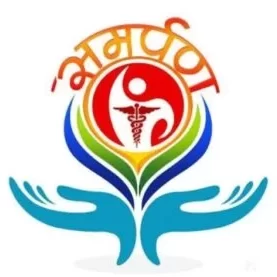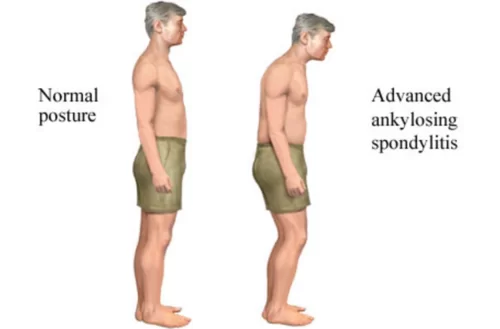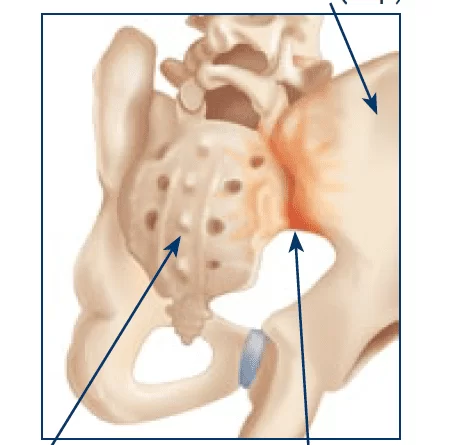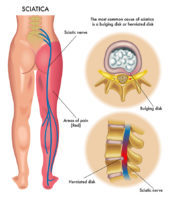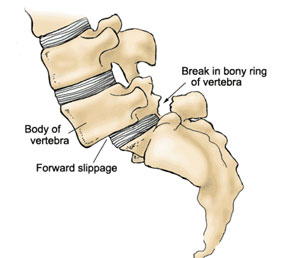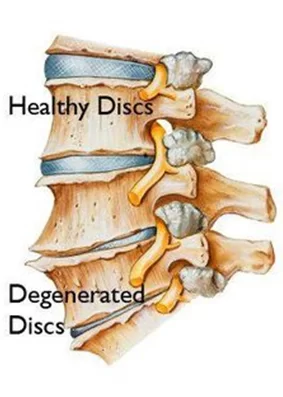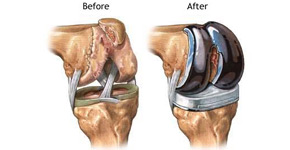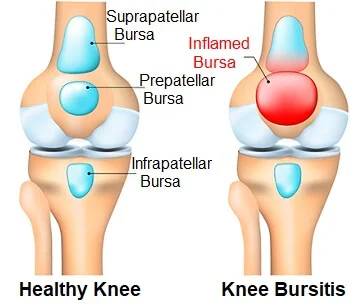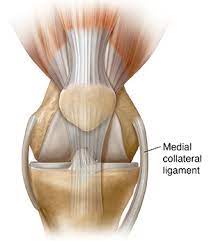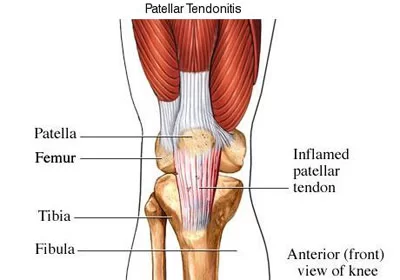Ankylosing Spondylitis: Physiotherapy Exercise
What is Ankylosing Spondylitis? Ankylosing spondylitis (pronounced ank-kih-low-sing spon-dill-eye-tiss), or AS, is a form of arthritis that primarily affects the spine, although other joints can become involved. It causes inflammation of the spinal joints. this inflammation can lead to ankylosis — new bone formation in the spine — causing sections of the spine to fuse…
